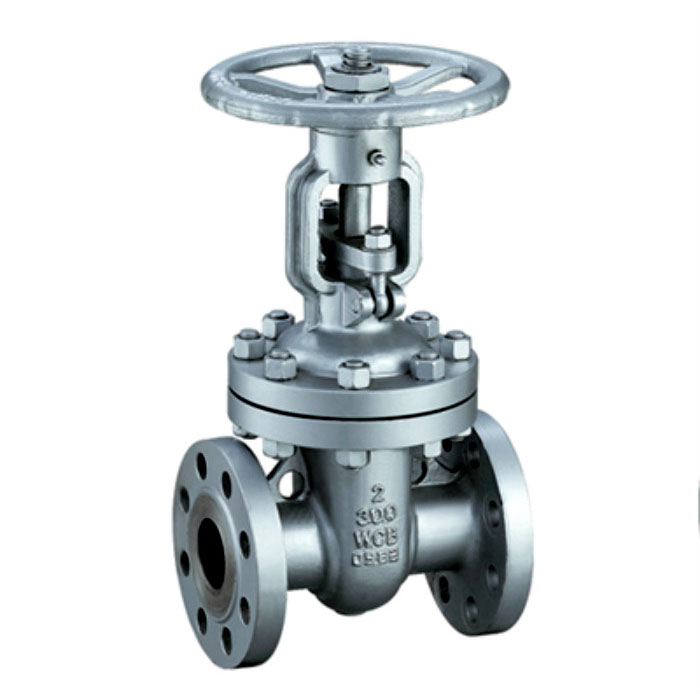Brief analysis of backseat tightness of steel valves

In order to achieve zero leakage internally and externally and improve work efficiency, the valve must have reliable sealing performance. The sealing parts of the valve mainly include the contact between the closure member and the two sealing surfaces of the valve seat, the contact between the valve stem and the valve cover, the valve stem sealing, and the gasket contact between the valve body and the valve cover. Among them, the leakage between the closure member and the two sealing surfaces of the valve seat is called the internal leakage of the valve, and the leakage between the valve stem and the valve cover, the valve stem seal and the valve body and the valve sealing surface are called the external leakage of the valve. The internal leakage of the valve will affect the valve's ability to intercept the medium. The external leakage of the valve will cause the loss of the conveyed medium or pollute the environment, and even cause serious accidents. For flammable, explosive, toxic or radioactive media, leakage of the valve is not allowed.
The sealing performance of the backseat sealing on the valve is an important technical indicator for measuring the quality of the valve. Industrial standards have formulated relevant requirements for the technical requirements of seals on steel gate valves and steel globe valves. The sealing effect of the seal on the steel gate valve and globe valve is related to the valve material, processing equipment, tool manufacturing, heat treatment, processing technology, form and position tolerance, and part processing accuracy, etc. A certain technology fails to meet the design requirements, which will directly affect the effect of the backseat seal (the backseat seal of the valve is shown in Figures 3 to 4). According to the relevant standards, the backseat seal on the valve should have a conical or spherical seal structure. However, conical or spherical sealing structures have certain disadvantages compared to flat sealing structures, such as friction on the sealing surface, difficult maintenance, high processing difficulty, and increased production costs. As a result, production costs have risen, and products have become less competitive. At the same time, the valve's backseat sealing performance is difficult to meet the technical requirements, and often the backseat sealing will fail after several sealing performance tests.
Aiming at the problems of the conical and spherical backseat sealing surfaces and the performance analysis based on the actual working conditions of the valve, the principle of the flat seal of the globe valve was used in the design of the seal on the valve. The backseat sealing surface is improved to a flat contact mode. The flat contact seal of the valve stem and the valve cover is generally not affected by the accuracy of the equipment, the accuracy of the tooling and the shape and position tolerances of the mating parts. The structure is simple and the processing is easy. After the valve stem is finished, the valve head is heated to the quenching temperature and air-cooled to room temperature. After the plane is sealed, the assembly can be performed. The pass rate of the sealing test on the valve can reach 100%, and its service life can be the same as that of the valve opening and closing, and it is also more convenient to maintain.
Stainless steel valves are generally made of the same austenitic material as the stem and bonnet. Both tend to stick after pressure contact. The bonnet should not use a tapered upper seal as much as possible. The sealing hole can be processed under the packing hole of the valve cover, and the tapered surface on the valve stem and the polytetrafluoroethylene tapered gasket are used as the sealing pair. Such a structure is very suitable for application to pipes with corrosive media.
When opening the valve, the opening and closing parts should be in place to make the upper seal perform its proper function. But it is worth noting that the force should be light and moderate, not too large or too fast, so as not to scratch the sealing surface, prolong the service life of the seal on the valve, and prevent the harm caused by valve leakage. Practice has proved that compared with the cone seal form, the upper seal of the valve is designed in a flat manner, and the requirements for machining equipment and process equipment are relatively low. Whether it is small-scale operations or mass production, it can reduce production costs. Improving work efficiency has positive significance for stabilizing product quality and ensuring the safe operation of supporting facilities.